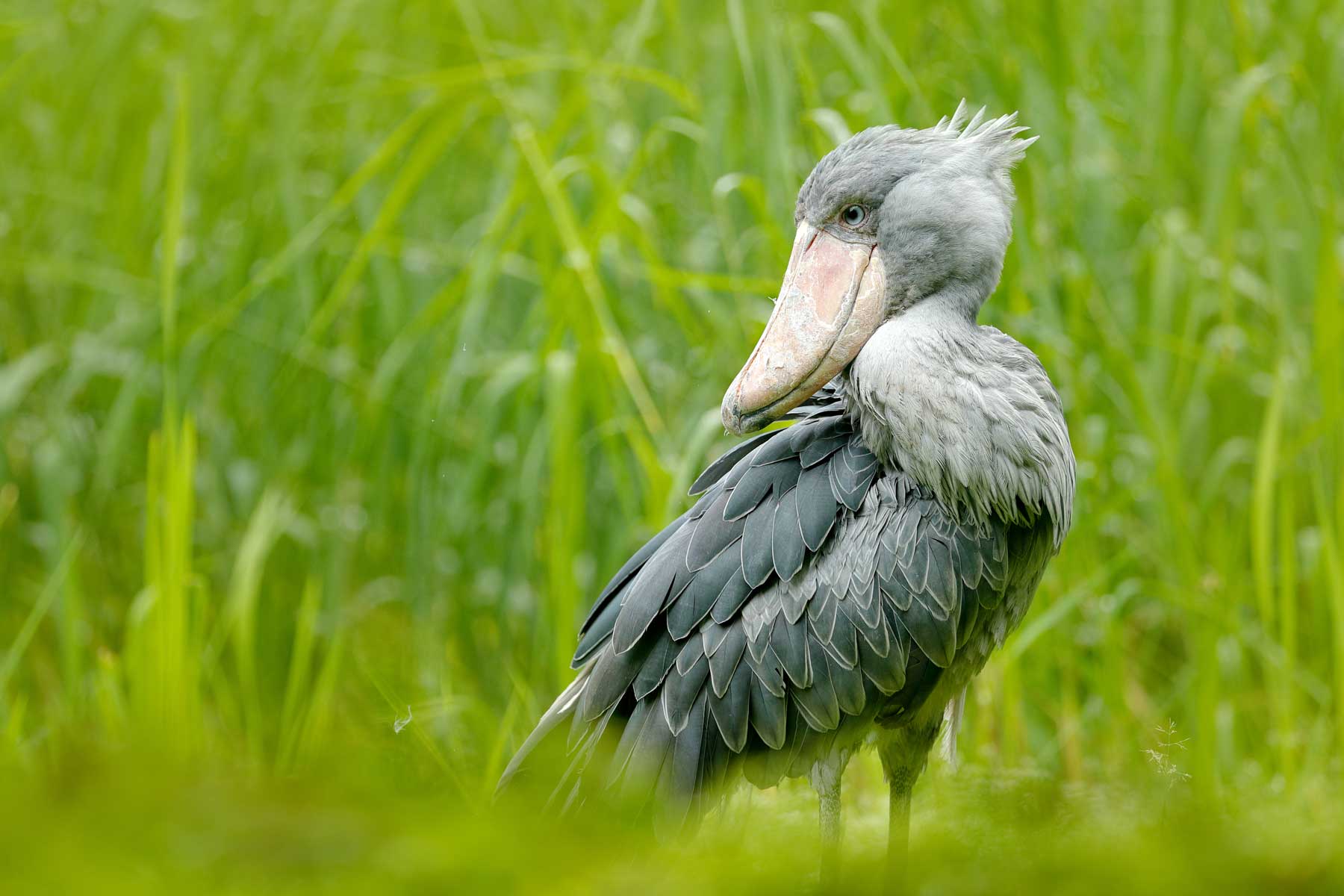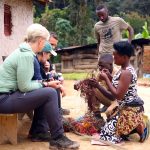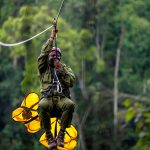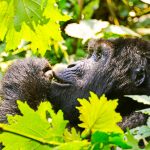Explore the wonders of Mabamba Swamp, a renowned haven for bird enthusiasts and a top hot spot for spotting the majestic shoebill. Positioned as one of the prime locations globally to witness these remarkable birds, Mabamba Swamp and Makanaga Wetland in Uganda offer captivating experiences for those eager to observe the iconic shoebill.
Shoebill Bird Watching Excursion
Embark on a half-day shoebill bird watching adventure, choosing between the morning or afternoon session. Alternatively, opt for a full-day expedition, granting you an extended opportunity to observe not only the shoebills but also a diverse array of other avian wonders along the shores.
Breeding Season: A Natural Spectacle
The optimal time to catch a glimpse of the shoebill’s breeding rituals is just after the rainy season—from November to February and again from May to June. During this period, nature comes alive with the fascinating reproductive cycle of these rare storks.
- Gestation and Nesting: After a gestation period of approximately 30 days, female shoebills lay one to three eggs, measuring 80 to 90 mm in height and 56 to 61 mm in width, with an approximate weight of 164 grams.
- Solitary Breeders: Shoebill storks are solitary breeders, claiming territories spanning about 3 square kilometers, strategically located to deter predators. They fiercely defend their nests during the breeding season.
Nesting Rituals and Parental Care
During the breeding season, adult shoebill storks showcase fascinating nesting behaviors. They meticulously build nests on small islands or masses of floating vegetation, constructing structures about 1 meter in diameter.
- Egg-Watering: To regulate the temperature of the eggs, adult shoebills engage in egg-watering behavior, where they pour water over the nest and use wet grass to shield the eggs.
Slow Development and Monogamous Bond
Shoebill storks undergo a slow developmental process compared to other birds. Feathers fully develop around 60 days, and fledging occurs at 95 days. However, the young ones can only fly at approximately 105 to 112 days.
- Monogamous Bonding: Shoebill storks are monogamous breeders, with both parents actively participating in nest building, incubation, and chick rearing. The feeding process involves regurgitated food, with parents continuing to feed the young for about a month after fledging.
Plan Your Shoebill Encounter with One More Adventure Safaris
While shoebills can be spotted year-round, the breeding season enhances your chances of witnessing these extraordinary birds in action. Murchison Falls National Park and Semuliki National Park are additional hotspot locations to explore for shoebill sightings.
Connect with One More Adventure Safaris, and let us curate a unique shoebill bird watching excursion in Uganda, seamlessly blending with primate and wildlife safari encounters. Immerse yourself in the allure of Uganda’s wetlands, where the magic of the shoebill unfolds amidst breathtaking natural surroundings





















